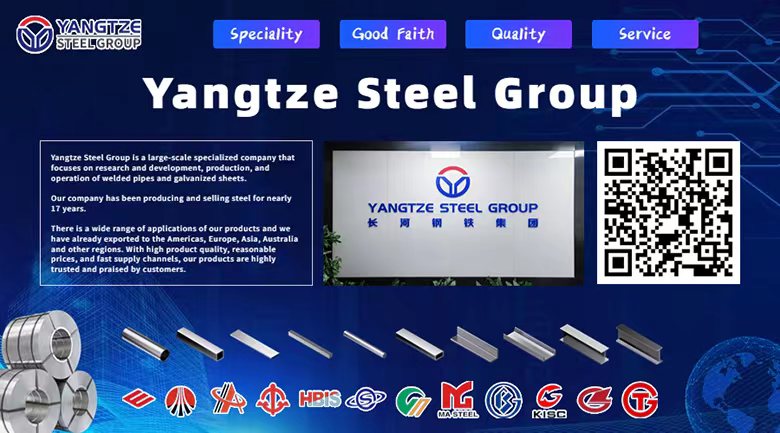The difference between 3PP anti-corrosion pipe and 3PE anti-corrosion pipe
In the field of pipeline anti-corrosion, 3PP (polypropylene three-layer structure) and 3PE (polyethylene three-layer structure) anti-corrosion pipes are common choices. These two materials play an important role in pipeline anti-corrosion, but they differ in material properties, use environment and scope of application.
Features | 3PP anti-corrosion pipe | 3PE anti-corrosion pipe |
Structural layers | Three layers: epoxy powder layer + adhesive layer + polypropylene (PP) layer | Three layers: epoxy powder layer + adhesive layer + polyethylene (PE) layer |
Outer material | Polypropylene (PP) | Polyethylene (PE) |
Heat resistance | High, temperature resistance can exceed 100℃ | Medium, suitable for temperatures generally below 60°C |
Weather resistance | Excellent, anti-ultraviolet, anti-aging, suitable for outdoor environment | Good, mainly used in buried environments |
Abrasion resistance | High, wear-resistant, suitable for harsh environment | Good, suitable for medium and low temperature environments |
Main uses | High temperature and outdoor, such as oil pipelines, bridges, marine pipelines, etc. | Medium and low temperature buried pipelines, such as natural gas, water supply pipelines, etc. |
Service life | Long life under long-term exposure conditions | Long service life under buried conditions, low maintenance cost |
Usage Environment | High temperature, outdoor, and areas with strong ultraviolet rays | Buried, normal temperature or medium and low temperature environment |
3PP and 3PE anti-corrosion pipes have their own advantages in material and performance. When choosing, the use environment, temperature conditions and budget of the pipeline should be considered. 3PP anti-corrosion pipes are recommended for high temperature and outdoor environments, while 3PE anti-corrosion pipes are more economical and practical under general buried or low temperature conditions.









